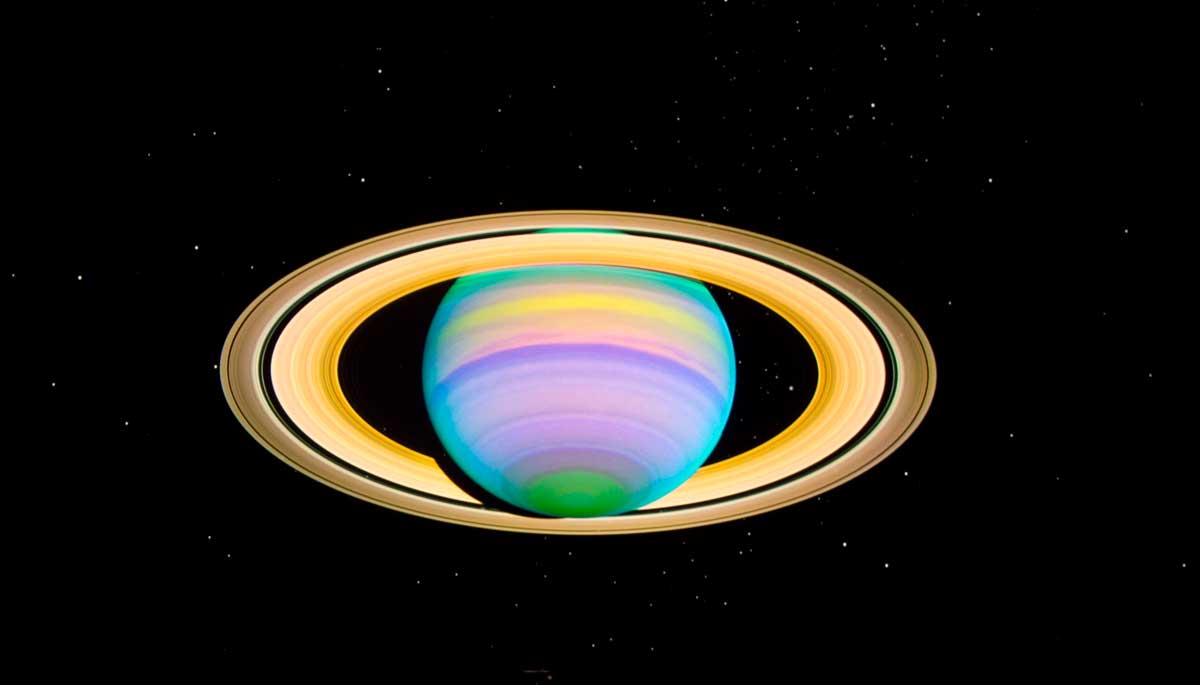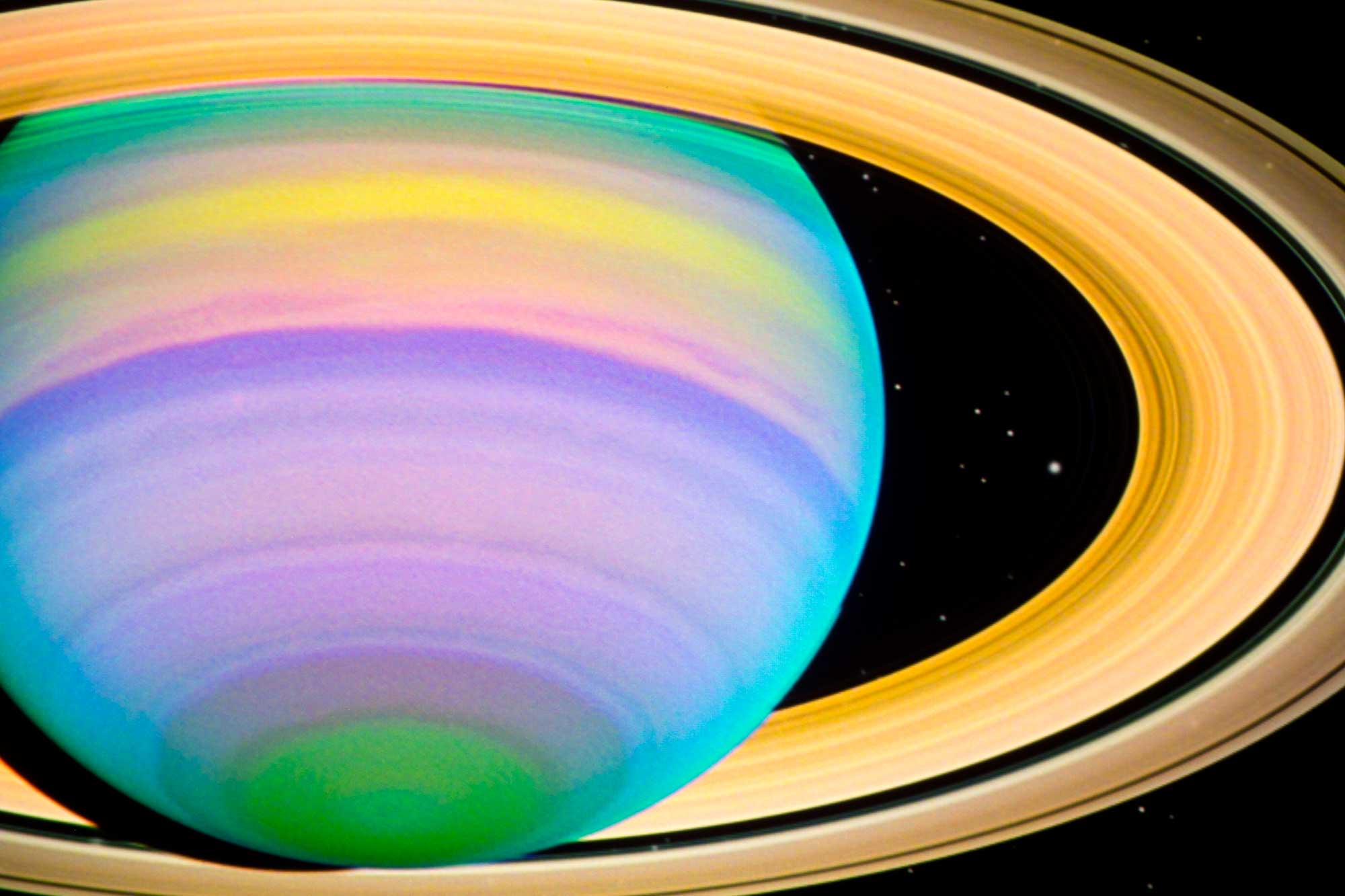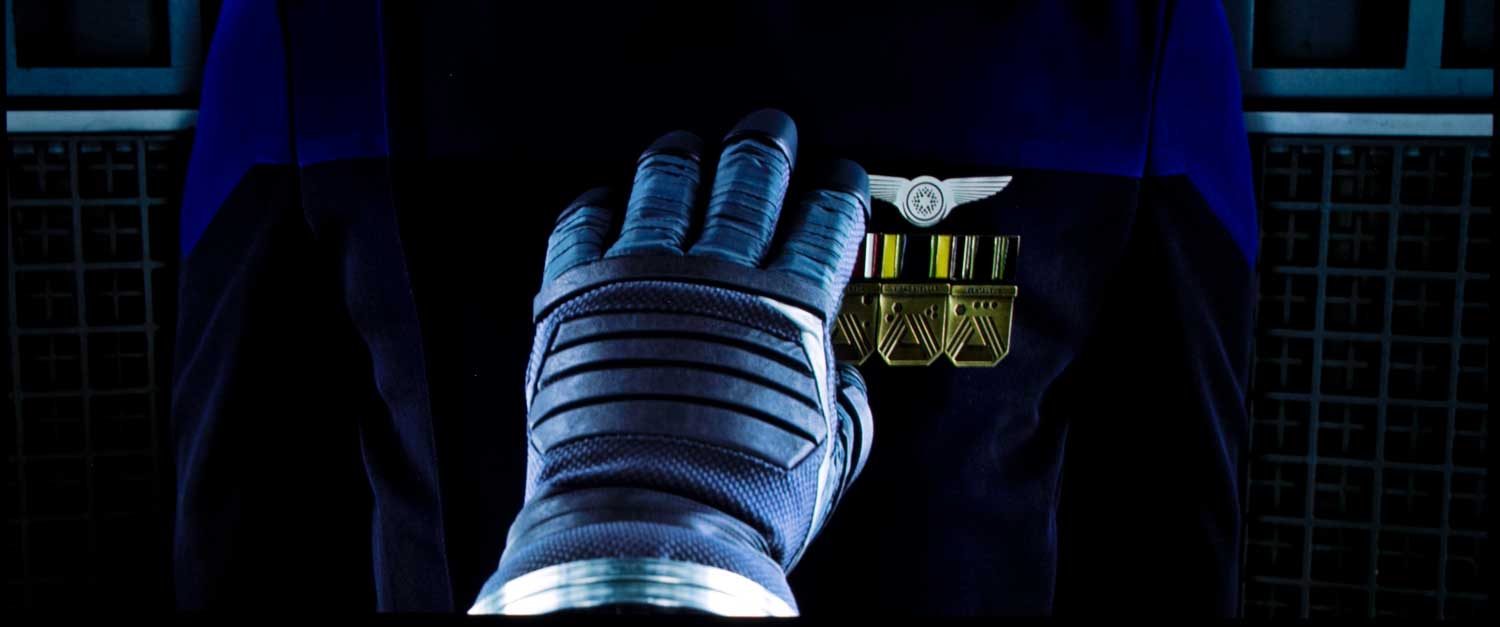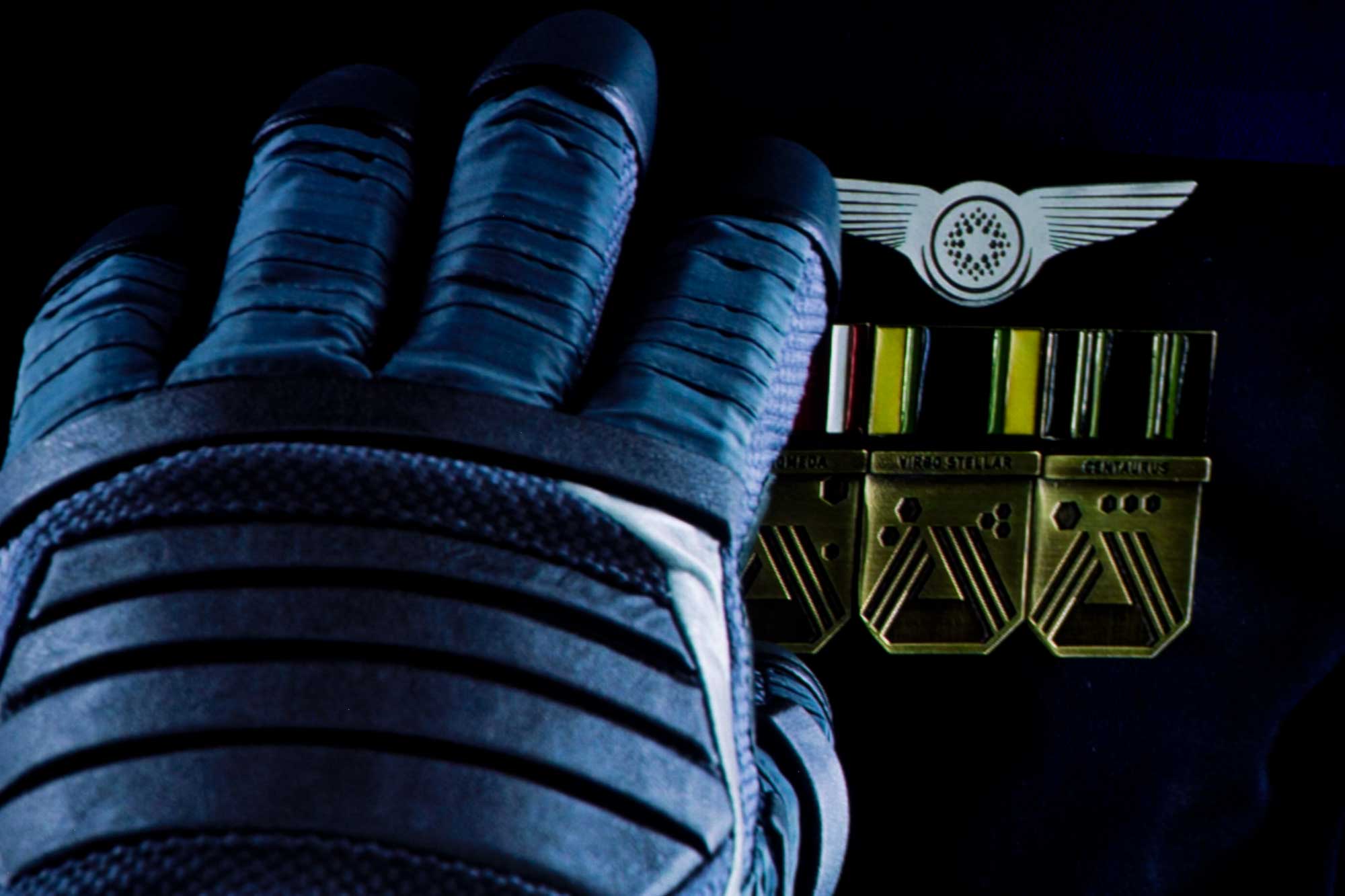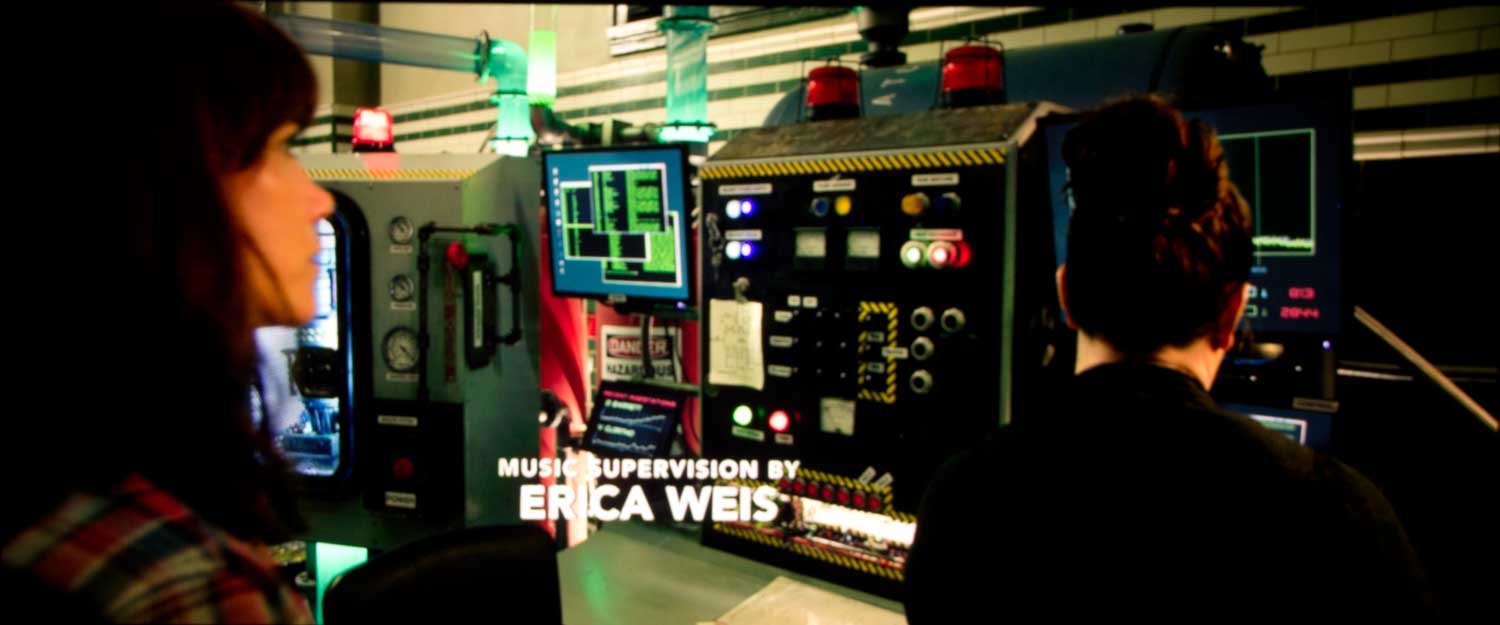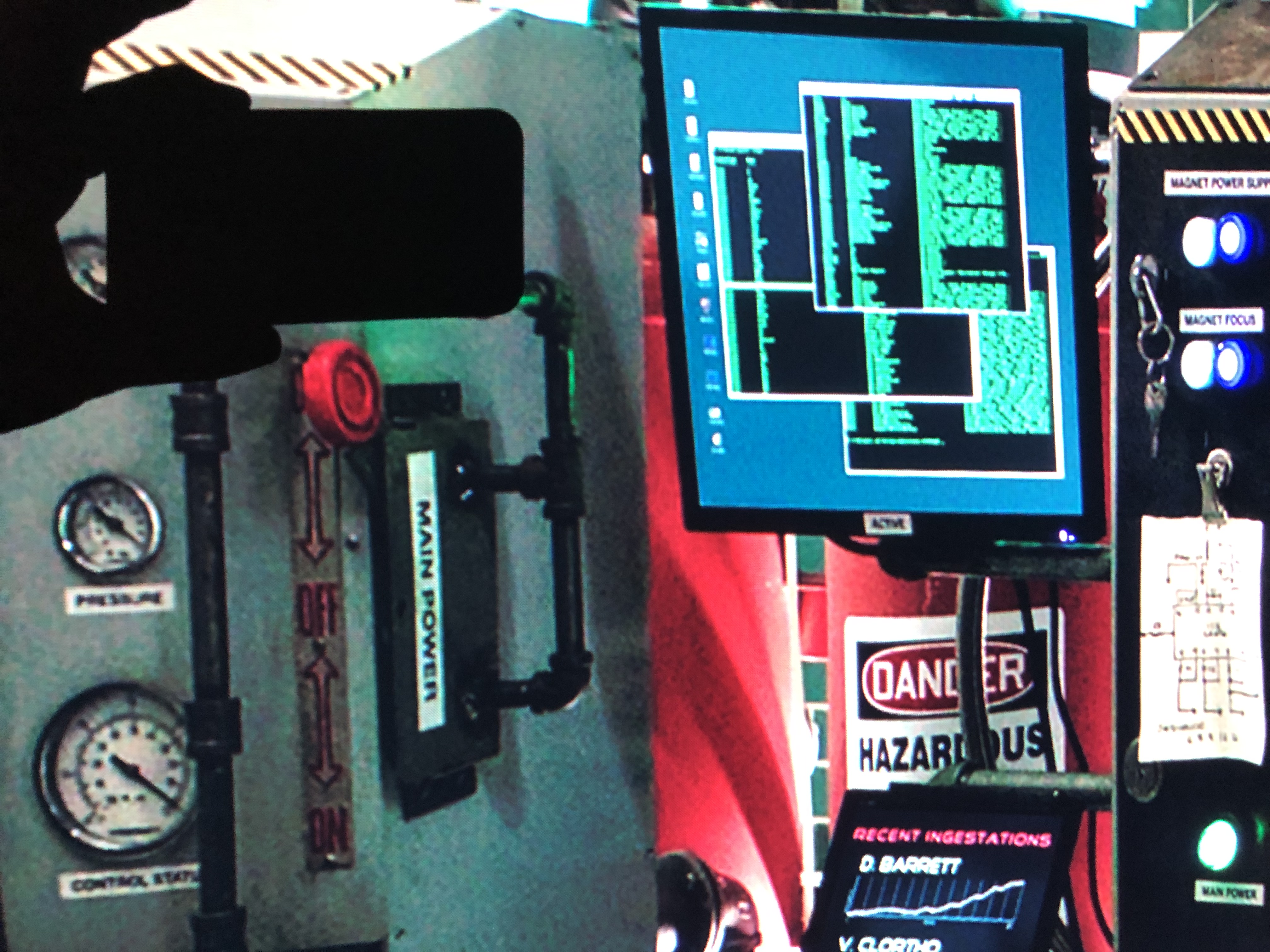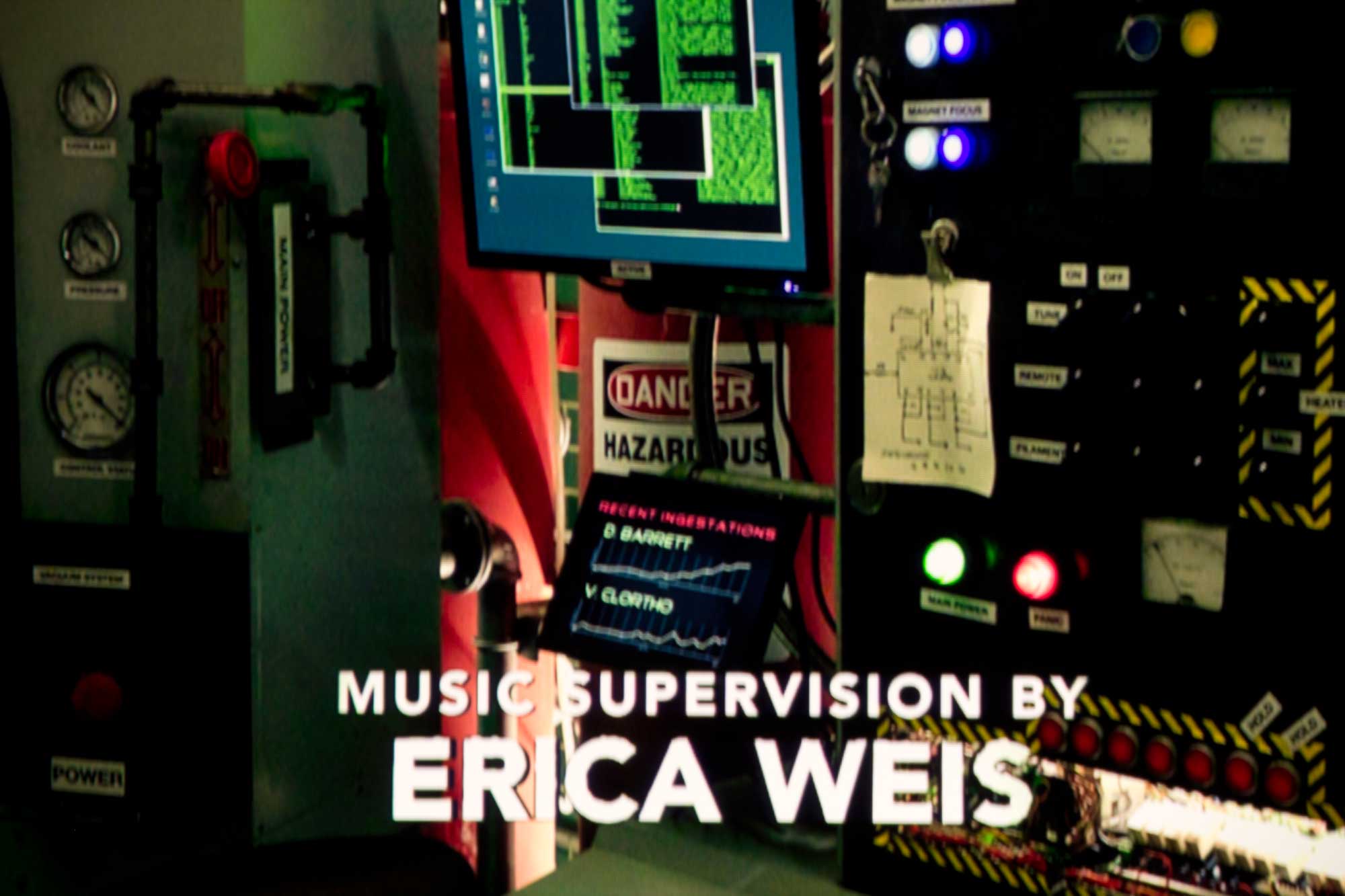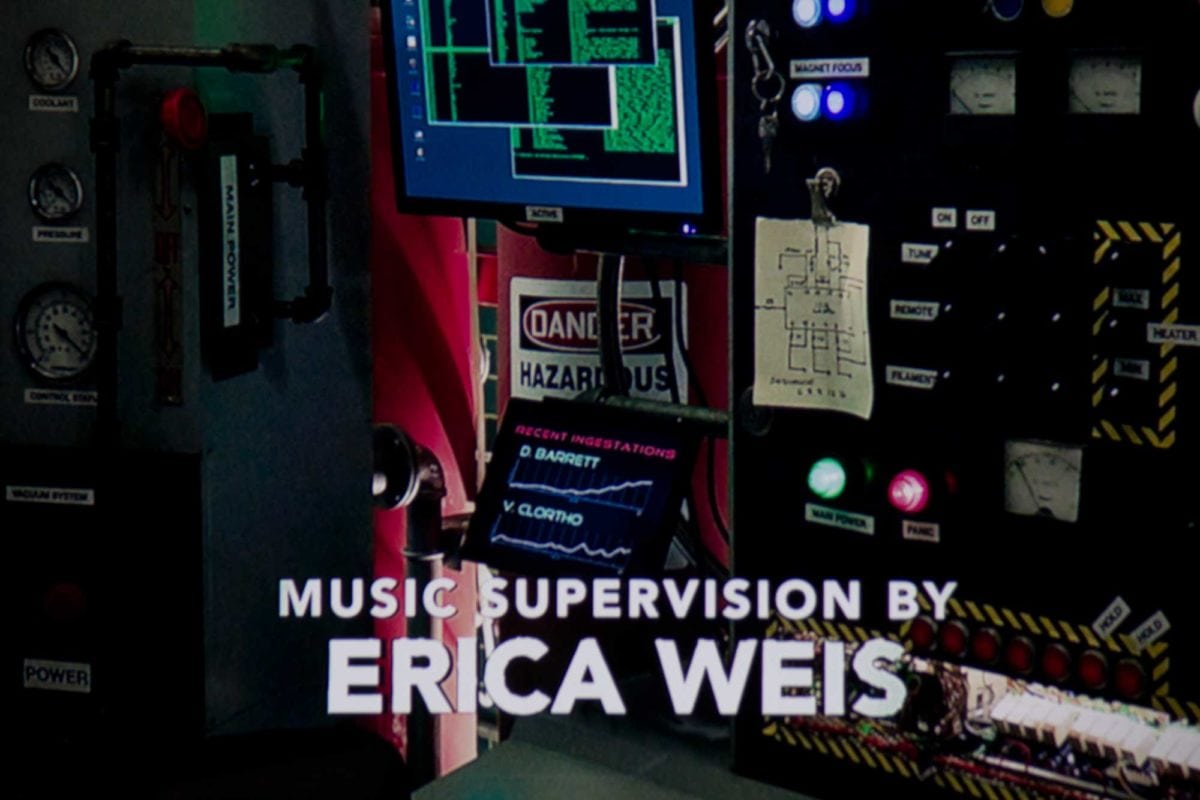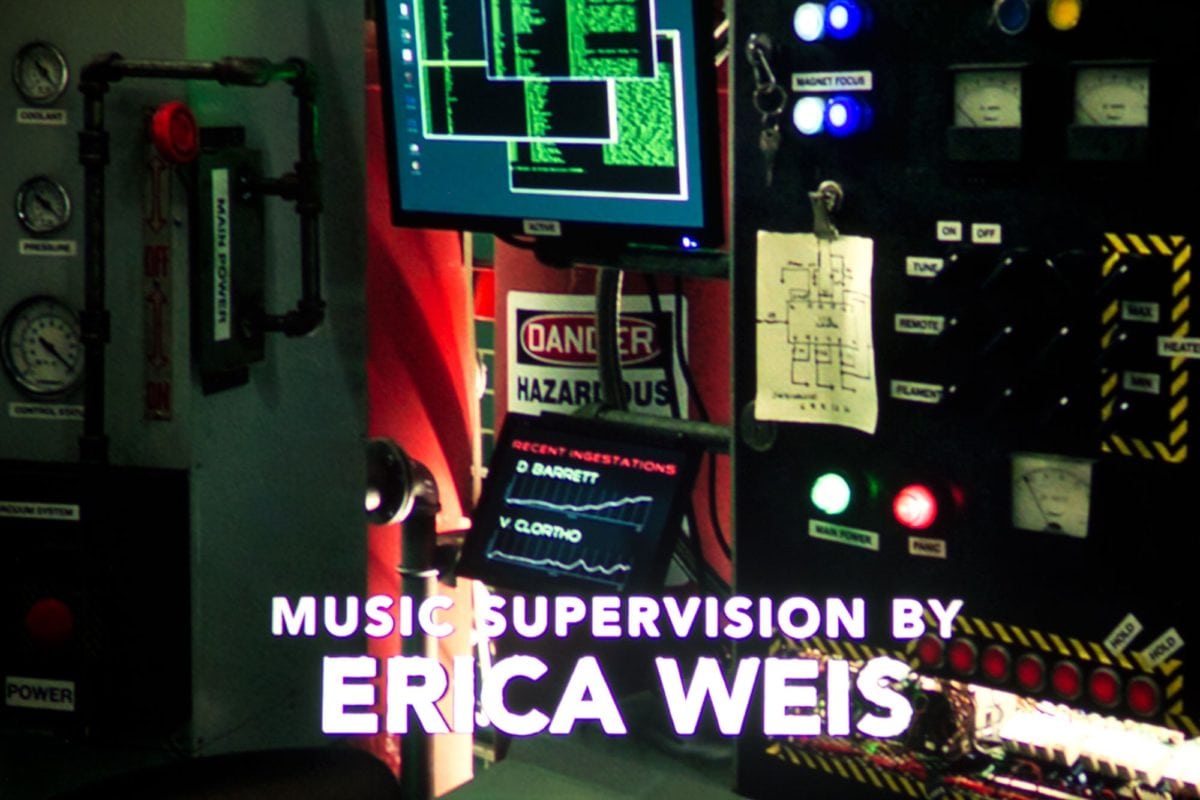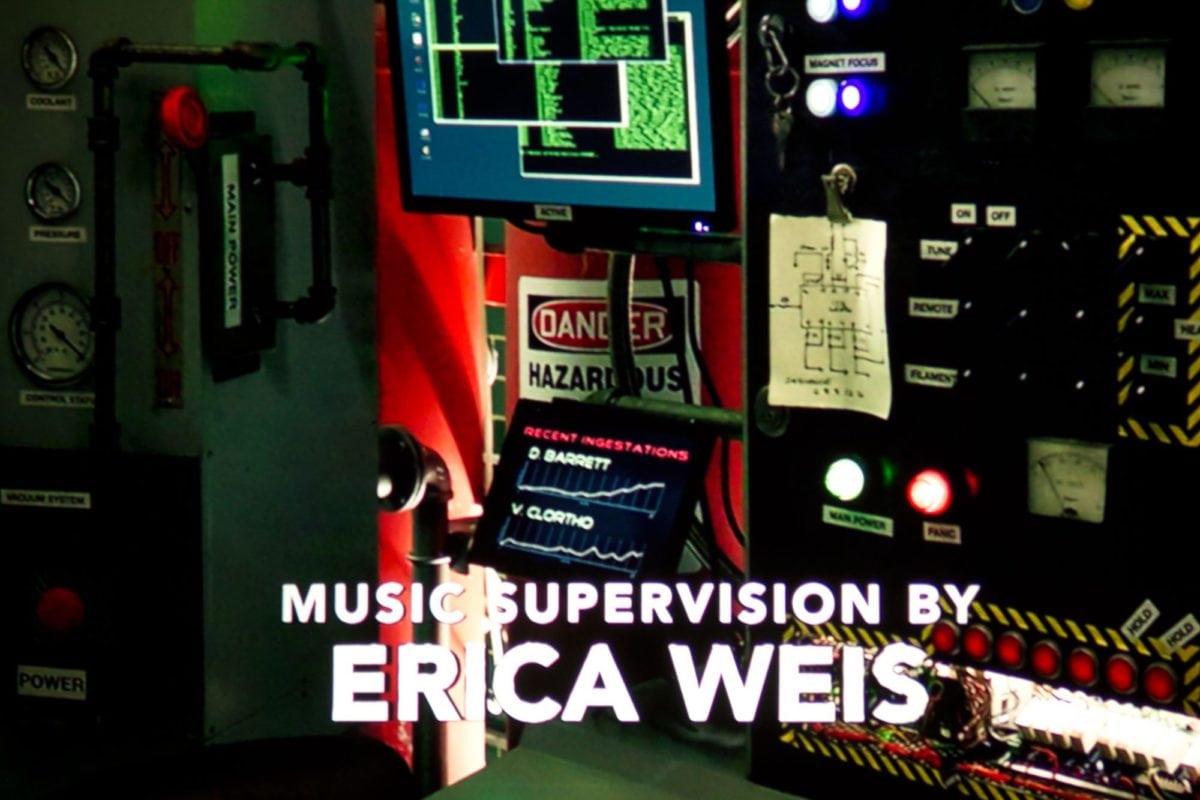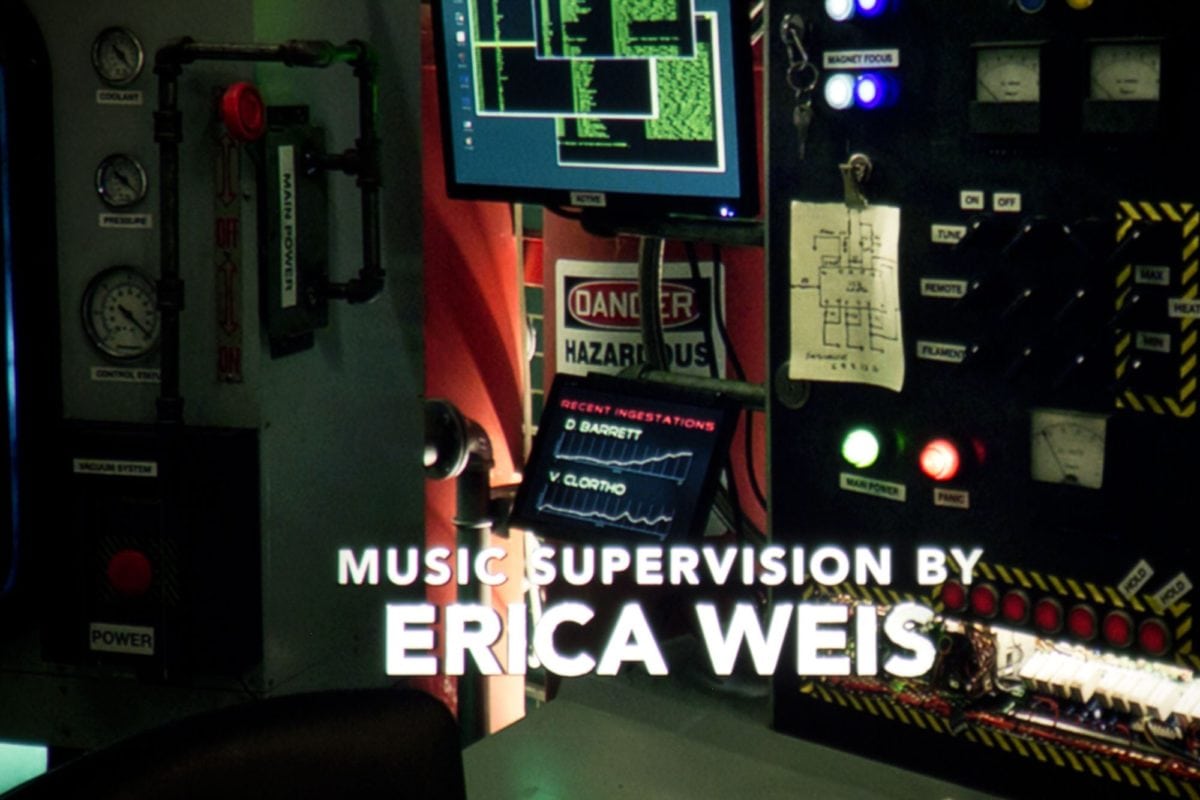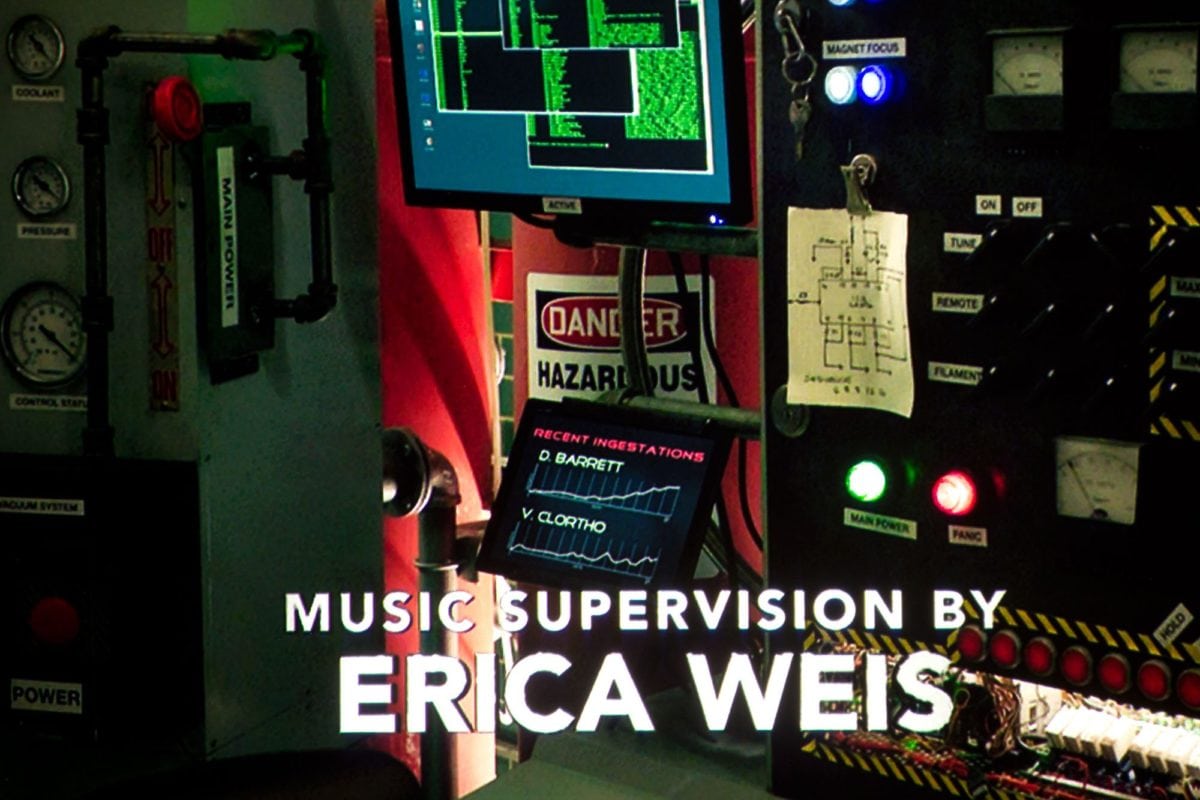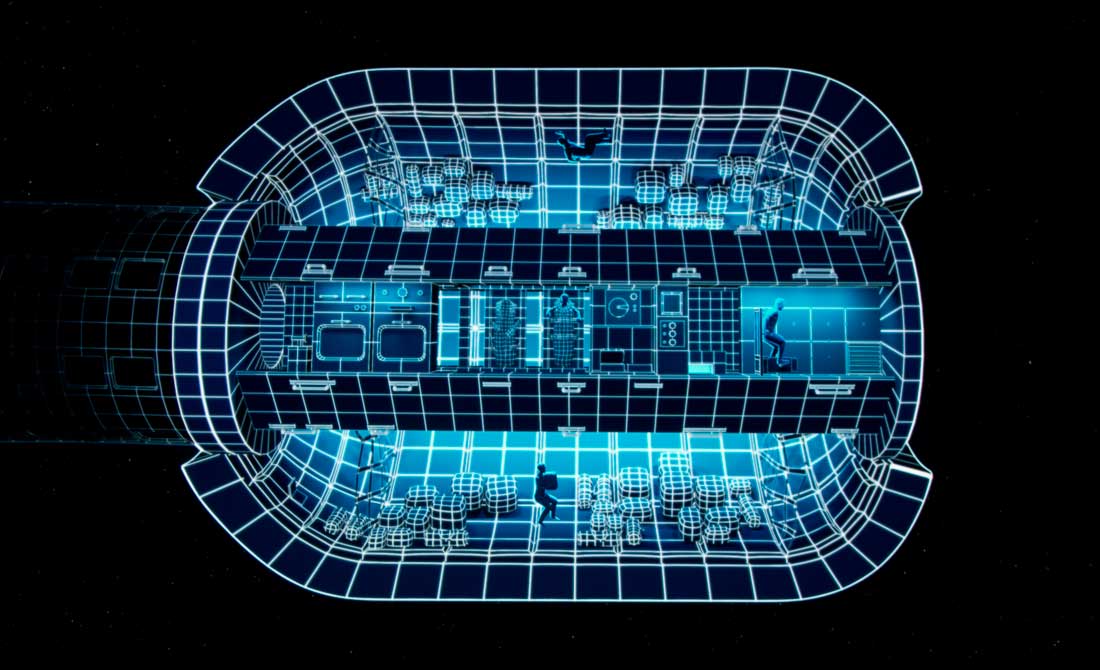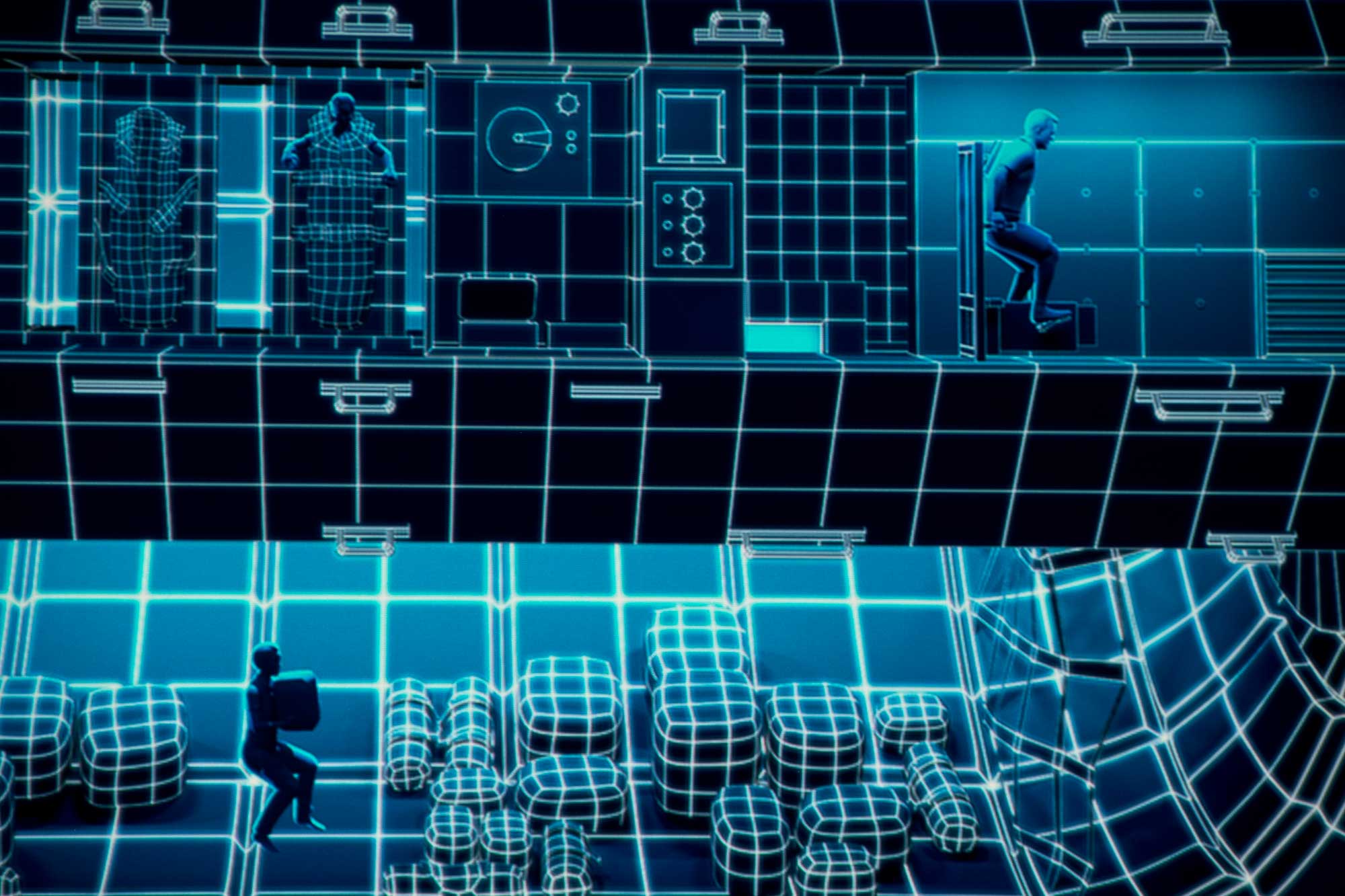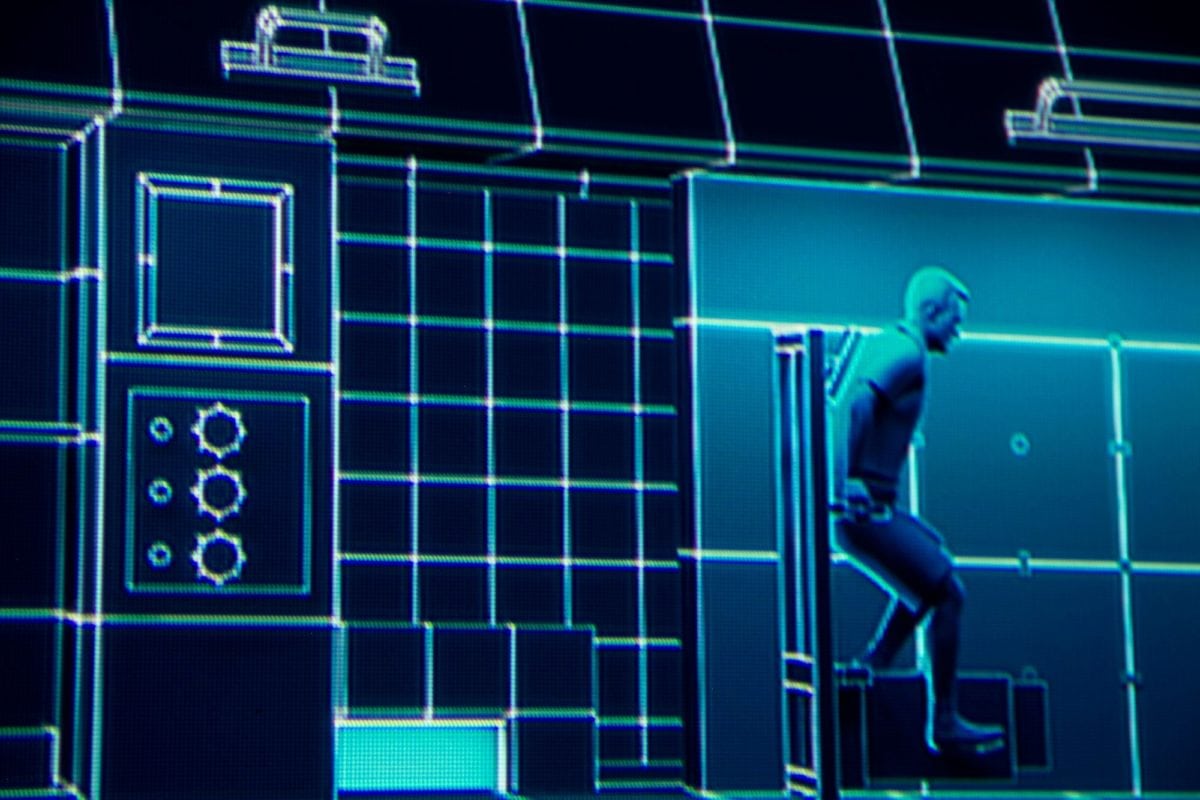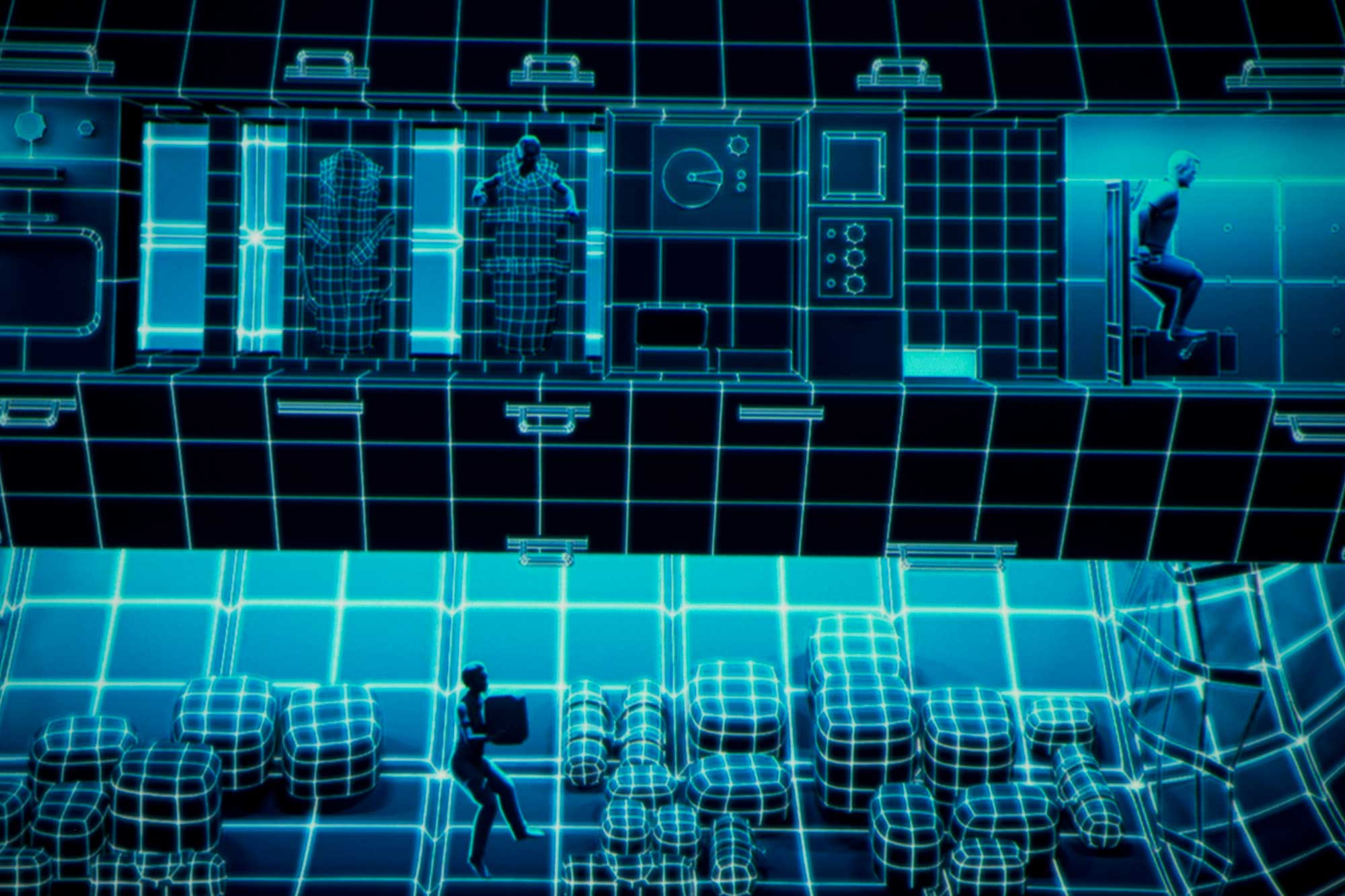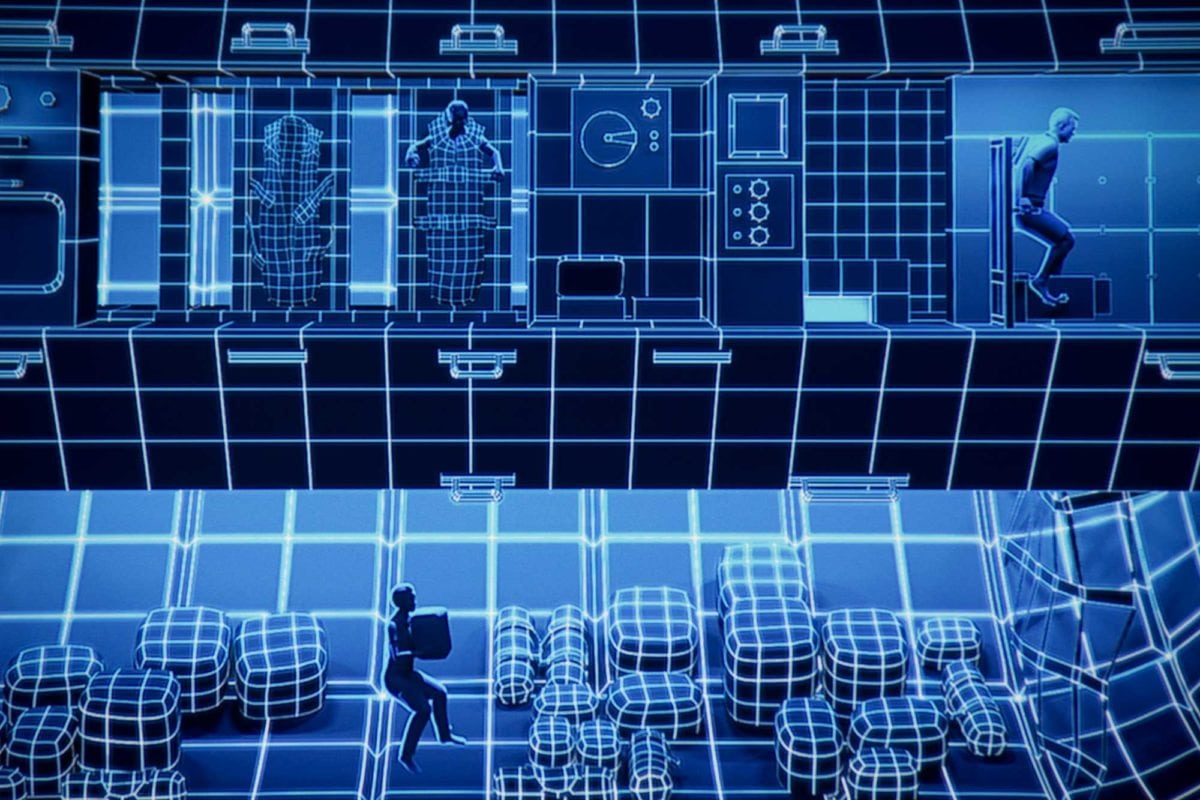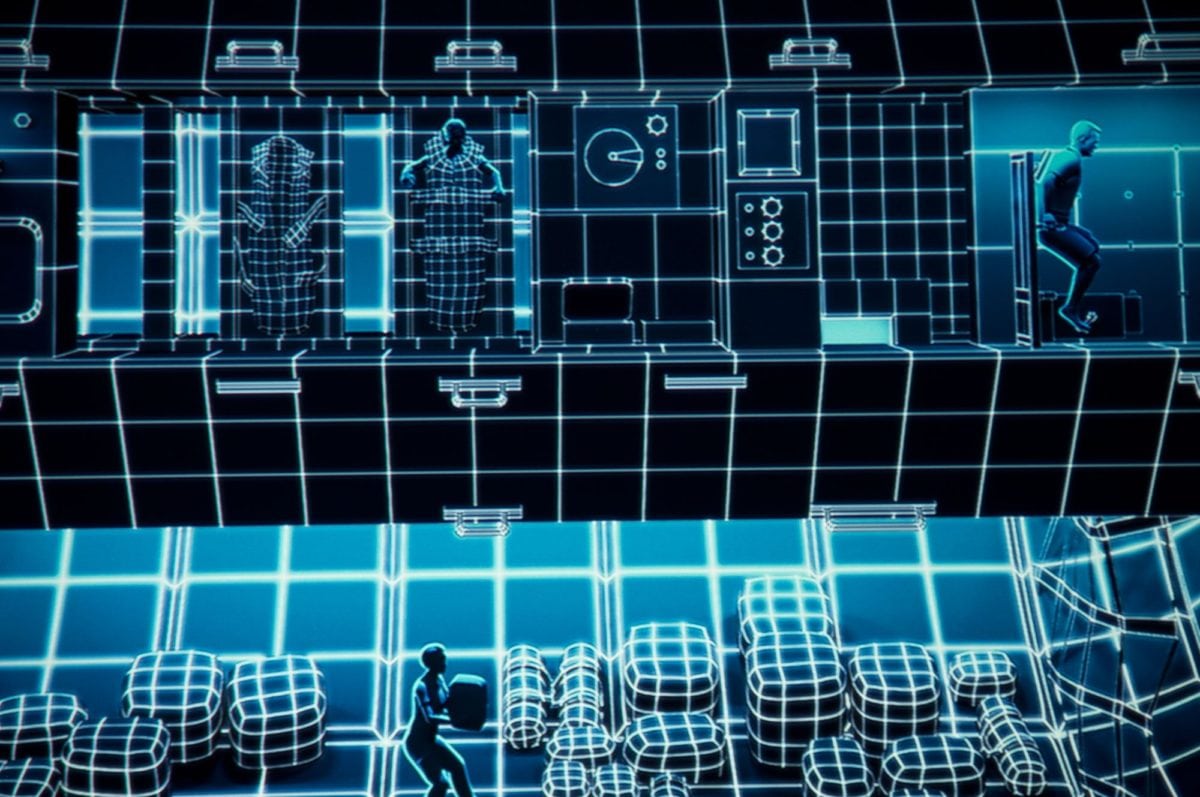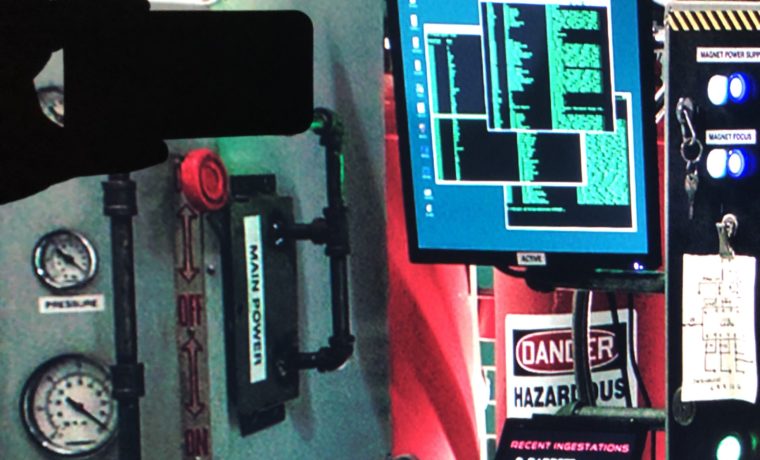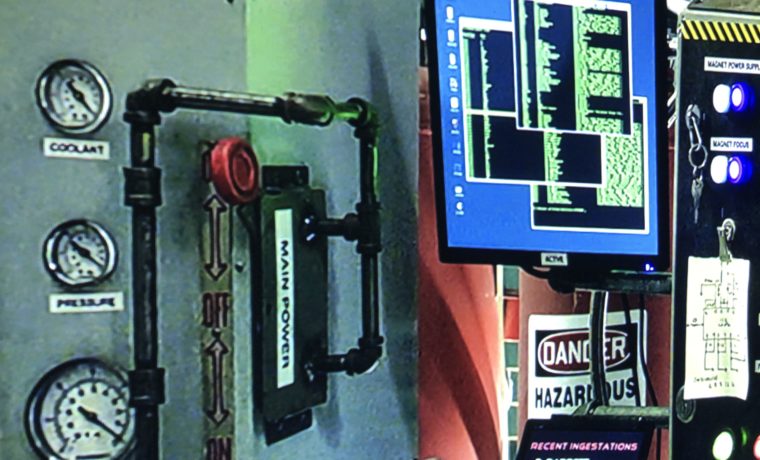Let's take a good look at sharpness (and detail), or rather what we perceive as sharpness. As I've stated, all these projectors have lots of image processing, and especially true of all non-native 4K projectors when doing 4K content. These Epsons are, of course pixel shifters, and Epson has had some pretty excellent algos (algorithms), which allows them to look at first glance to be every bit as sharp as more expensive native 4K projectors. Still there's always a price to pay.
In our photo player above, There are a number of pairs of images - full screen photos from 4K movies, and then closeups of the same scene. Of particular note, look at the two close-ups from Valerian - the general, and the large collar on the Mul woman.
Those pairs are followed by our close-up of one of the credits scenes (in the lab) from Ghostbusters 2016. When comparing look at the gauges on the left, and the small labels, and switches, there's plenty of objects in those photos to compare. Remember once you have clicked to enlarge the images, you can still jump back and forth between any two for quick comparisons.
Overall, these Epsons do very well, but we've seen sharper, but only slightly, even from less expensive 4K UHD DLP projectors. It's just that sitting 15 feet back from any of the 4K capable projectors under $10K, you shouldn't see any real difference, rather contrast differences, and other things that might give you the impression of sharper or softer.
Just keep in mind when "worrying" about sharpness differences, that the difference say, between these Epson projectors and perhaps, the Optoma UHD65 (2716x1528x2), and the native 4K Sony (4192x2160), in what you perceive as sharpness, is going to be far less than the differences in handling HDR, or for that matter color accuracy. While I favor going native 4K, price is a huge determining factor for most of us.
When reviewing both Epson's UBs and the older HC4000 and PC4040 that preceded these models, I said you could get extremely sharp on 4K, but that there's going to be a slight bit of hardness, say on closeups of faces, that a native 4K won't have.
I do believe the new pixel shifting hardware is making a difference, but of course, only a small one. I have to agree with Epson. The pixel shifting seems more precise in that things do look just a touch sharper/softer than Epsons using the older pixel shifting technology.
My next review is the $9999 HiSense 100" Laser TV (yes it's an ultra short throw projector), one that comes with a fixed 100" screen designed for rooms with more than a little ambient light (such as most living/family/bonus rooms and many "media" rooms.
I took this pair of images - same frame, with the Epson Home Cinema 4010/Pro Cinema 4050, and with the Hisense.
At first glance you will immediately notice that the HiSense seems sharper. I agree. Looking closely though - thus the close up view - and you can see that there are far more artifacts. You can see lightness around small type, too much contrast and edge sharpening. This 4K UHD DLP HiSense, is definitely over sharpened, in fact for this image I reduced its sharpness setting to 2, below any of the default settings, and it still had more hardness than the Epson, even with my cranking up Epson's Image Enhancement setting to 4 (as high as I go, out of 5). Mostly I use 2 or 3, but use 4 for my sports where I don't mind a little hardness.
Back to the Hisense comparison. I chose this to illustrate my point about image processing. If you go back and look at the Epson vs some other 4K UHDs in the Ghostbusters credits, you'll notice that they aren't as over processed as the Hisense, but look a touch sharper than the Epson but not as sharp as the Hisense. (I sure hope that makes sense - art)
Bottom line on sharpness. The Epsons can be beat by the 4K UHD DLPs and by native 4Ks, but with its very good image enhancement controls any slight softness is likely gone, in exchange for a touch of hardness.

